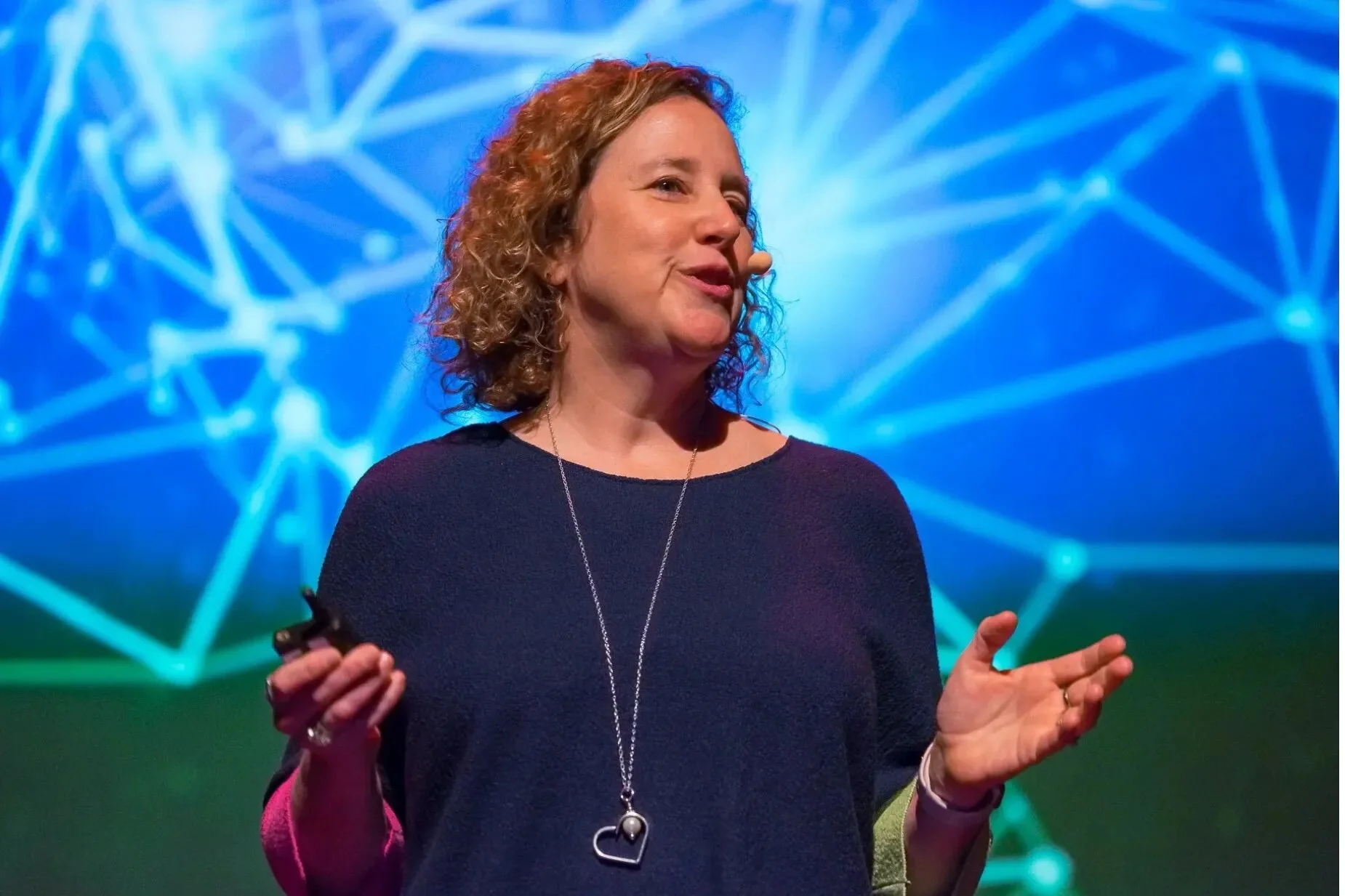Gathering Well-being Teams
Beyond Self Care
Subscribe on Apple Podcasts, Amazon Music & Audible or Spotify!
Or subscribe here for an email with each episode!
Gail Markin and Caroline Picard host Mike Hooker, “retired” Superintendent, on this episode. Together, they discuss wellness, teamwork, and the importance of building relationships in schools. The conversation explores the challenges and strategies of creating and managing teams in small districts, the importance of establishing a clear vision for any working group, and the need for systemic change to advance well-being at various levels. Whether you're a school administrator, teacher, or other school staff member, this episode offers valuable guidance on creating and being a part of a supportive and thriving work environment for everyone.
“Have people come knowing that something’s actually going to happen.”
Show Notes:
Guests
Mike Hooker: currently part of the BC Children's Hospital's Health, Promotion, and School Team as a Practice Support Coach. With over 30 years of experience in education, Mike has been a teacher and principal at both elementary and secondary levels, and before "retiring," he was the Superintendent of Schools in Revelstoke, BC for 10 years. Throughout his career, Mike has served on a variety of teams and committees at both local and provincial levels.
Key Takeaways
Importance of Teams: Building teams is crucial for effective well-being initiatives in schools. These teams should represent diverse backgrounds and roles within the district (teachers, administrators, students, etc.). Teams can share workload, expertise, and ideas. They can also help develop a clear vision for well-being efforts and ensure these efforts are integrated with existing practices. Effective communication is essential for team success.
Team Composition: Consider including natural leaders, those with influence, and those who can bring a wider audience perspective (e.g., student voice). It's also important to identify people who are passionate about making positive changes.
Challenges and Considerations:
Context Matters: There's no one-size-fits-all approach. Team structure and function should be tailored to the specific needs and context of each district (e.g., size, resources). For smaller districts with limited personnel, building a formal team might be challenging. In such cases, rely on networks, informal connections, and targeted communication to engage relevant stakeholders.
Vision and Goal Clarity: Clearly define the team's purpose and goals at the outset. This helps with direction, engagement, and attracting the right people. Determine if the team is for:
Decision-Making: If so, ensure broad engagement to inform choices.
Working Group: If so, clarify the specific tasks and deliverables the team will handle.
Advisory Group: If so, focus on gathering diverse perspectives and recommendations.
Hats On or Hats Off: Consider whether team members are participating to represent specific groups ("hats on") or as individuals contributing their own expertise ("hats off").
“I think that the power of relationships is the first piece. There are opportunities to strengthen relationships, and they often pop up in unusual places. You have to be ready for that.”


